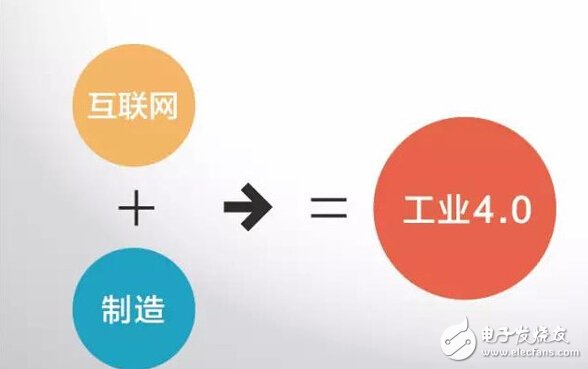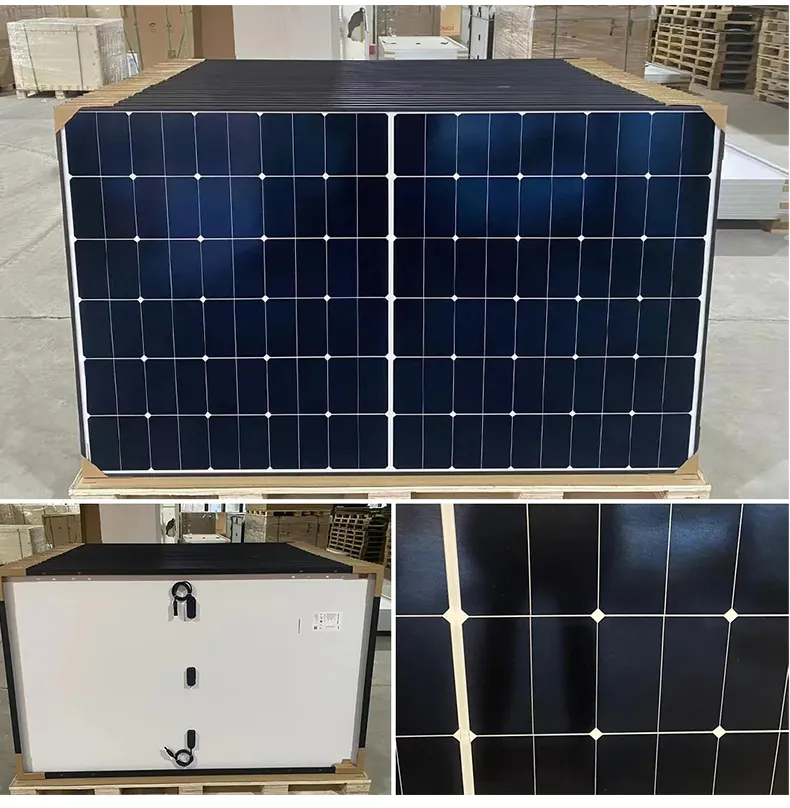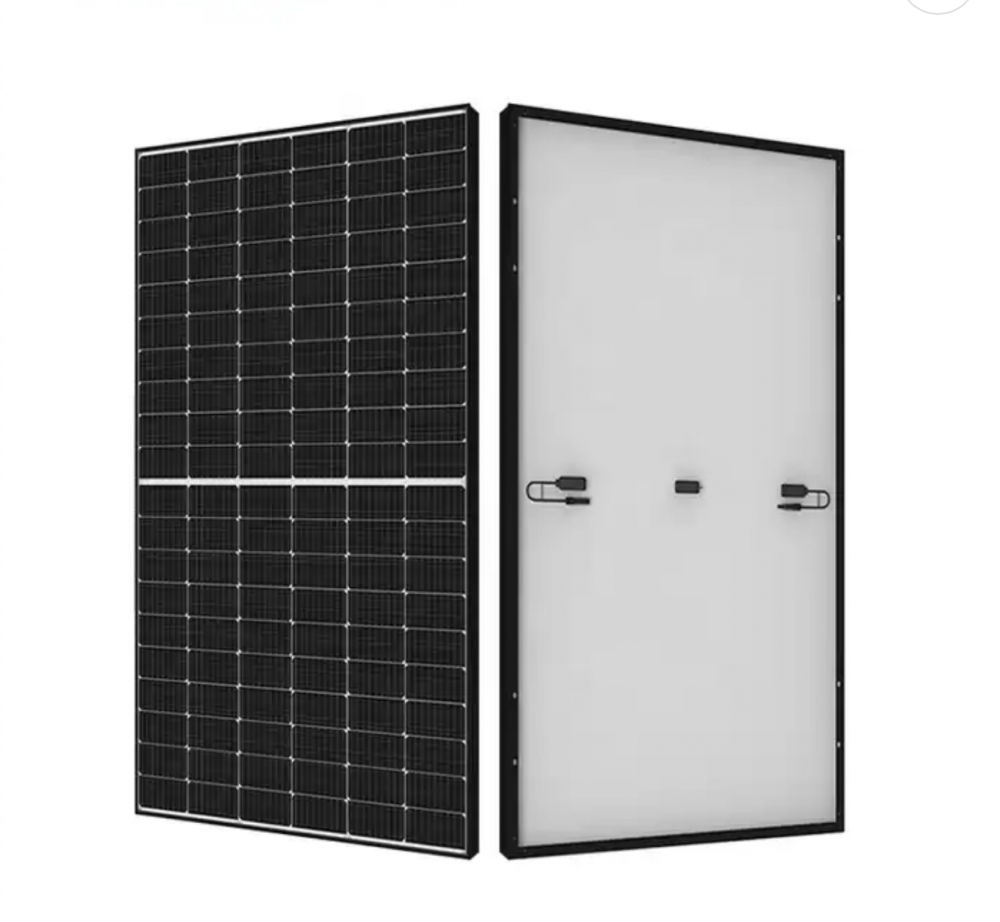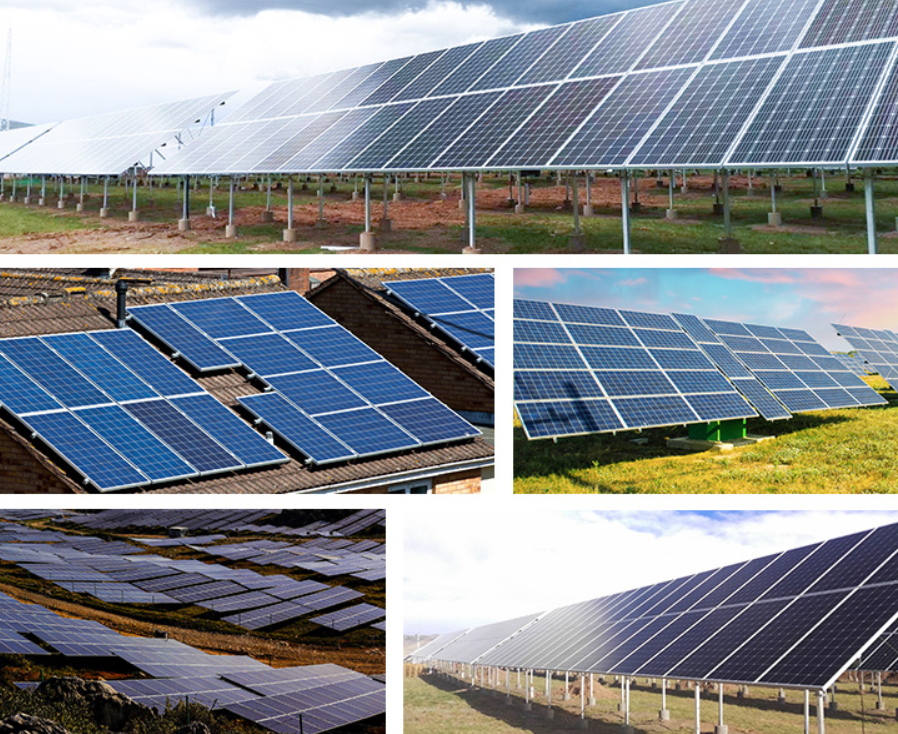The technological revolution initiated in the 18th century from the United Kingdom was a huge revolution in the history of technological development, which pioneered the era of replacing manual tools with machines. It is marked by mechanization and steam engine. In the last 30 years of the 19th century and the beginning of the 20th century, the advancement of science and technology and the rise of industrial production were called the second industrial revolution in modern history. The world entered the "electrical era" from the "steam age". Since the 1940s and 1950s, major breakthroughs have been made in the fields of atomic energy, electronic computers, microelectronics, aerospace technology, molecular biology and genetic engineering, marking the arrival of a new scientific and technological revolution. The third scientific and technological revolution is another major leap in the field of science and technology in the history of human civilization following the steam technology revolution and the power technology revolution.
Industry 1.0 to 3.0
Look at the first three stages of the industrial revolution:
Industry 1.0
Mechanization, marked by a steam engine, replaced the manpower with a steam-powered machine. From then on, the handicraft industry was separated from agriculture and officially evolved into industry.
Industry 2.0
Electrification, marked by the widespread use of electric power, replaces steam power with electric drive machines. From this part production and product assembly realizes division of labor, and the industry enters the era of mass production.
Industry 3.0
Automation, marked by the application of PLC (Programmable Logic Controller) and PC, from this machine not only took over most of the physical labor of the human body, but also took over part of the mental work, and the industrial production capacity has since surpassed the human consumption power. Humanity has entered an era of overcapacity.
Industrial manufacturing challenges
In the era of industry 1.0, 2.0, and 3.0, because manufacturers can't understand the needs of each customer at a low cost, they often use a one-size-fits-all approach, which combines the performance of demand to become a product, the industry 3.0 era. From the aspects of mechanization, scale, standardization and automation, the productivity has been greatly improved. However, such large-scale production mode has led to the current global overcapacity, and the competition of enterprises has become increasingly fierce. In the past, a product sold for 30 years. The practice has gradually disappeared. The arrival of the Internet era has further become a catalyst, inciting the foundation of the industrial era. The problem of information asymmetry has been solved. You can't run fast, and some are fast.
For example, if you want a suit that suits your size, the garment factory can't know how big your body is, so you can only measure the size of many people and divide the most concentrated size into 40, 41, 42, etc. But if your body is too fat or too thin, sorry, don't wait.
The Internet has changed this situation. People, people and vendors can connect at a low cost, so that everyone's personality needs are magnified, and people are more and more fond of personalized things. However, the demand for personalized things is not so large, which requires industrial enterprises to achieve rapid production in small batches. Multi-variety, small-batch, and customized production have become a core driving factor for industrialization 4.0.
Another core factor is that although industrial products are the main sales revenue of the current manufacturing industry, once the sales are completed, it means that the end of the contact with the customers, the service model of selling equipment can not allow the company to continue to grow, how to extend the manufacturing industry. The value chain to maximize product value is another core driving factor of Industrialization 4.0.
Industry 4.0 concept
Industry 4.0 is the fourth industrial revolution dominated by smart manufacturing. It uses the information system (Cyber-PhysicalSystem) to digitize the supply, manufacturing and sales information in production, to intelligentize, form an effective network, share information and exchange, and finally achieve fast, effective and personalized product supply. "Industry 4.0 is talked about by the Germans. In fact, the "Industrial Internet" talked with the United States, and the "integration and integration" of China's talks on the integration of informationization and industrialization are all the same. China also has a goal of making China 2025. This is also the meaning.

Big Data and Industry 4.0
The content of Industry 4.0 is very rich. The author only talks about the relevant views from the perspective of big data, so that everyone has a deeper understanding of its connotation.
Intelligent production - production control based on big data connections
Traditional factories exist for only two purposes, producing products and then selling them. Therefore, in industrial enterprises, it is usually divided into two large departments, one is the production department, and the other is the business department. The former is managed by MES (Manufacturing Execution System), and the latter is managed by ERP (Management Information System). What is the difference between these two systems? ERP is more inclined to the management of financial information, and MES is more inclined to control the production process. Simply put, ERP mainly tells you how many products customers need to produce, which day to order, and which day to buy goods, and MES is mainly responsible for monitoring and management. How to implement each step and process of producing these products.
However, in most enterprises, ERP and MES are not connected, so when ERP gives the MES a production plan, the MES has a deviation from the plan in the production process (such as equipment is broken, raw materials are not qualified, etc. ), MES will adjust according to the actual situation of the workshop. But ERP is not known! Therefore, it will continue to execute orders according to the original plan. Over time, the actual situation of the financial system and the factory will be very different. That is, the brain of ERP is decoupled from production. The lack of information leads to a fine line of decision-making. Control is actually impossible.
Even if the production equipment and the management information system are connected separately, the raw materials and production equipment produced are not connected yet, so the actual personalized production cannot be achieved. For example, you will understand:
In Pepsi's production workshop, three bottles came in succession on the production line. Each bottle comes with a two-dimensional code, which records the cola customized for Zhang San, Li Si and Wang Er Ma.
When the first bottle went to the filling station, the wireless control of the two-dimensional code was used to tell the controller of the central control room that Zhang San likes to be sweeter and put more sugar, and then the controller tells the filling robot, "Add two Sucking sugar!" (Zhang Sanzhen unlucky...).
The second bottle came over and said that Li Si is diabetic. Don't want sugar. The controller tells the robot. "This product doesn't need sugar!"
The third bottle came over and said that Wang Ermazi wanted Fanta, and the control told the cola's robot "You will have a break," and then told the teacher of the fennel, "You go!"
I saw it, multi-variety, small batch, custom production, every cola from the moment you place an order online, he is customized for you, all his characteristics are in line with your preferences. However, there is a premise that the raw materials, production equipment, management information systems and related systems must be continuous.
To achieve penetration, we must rely on the Internet, Internet of Things (such as radio frequency identification technology), big data and other technologies. Now there is a standard dispute between Industry 4.0, which is the interface standard between devices. This interface is not a protocol such as TCP/IP. Can be solved, such as real-time requirements. Of course, the core is the need to achieve efficient collection and integration of all types of data.
Customized Solar Panel, 100watt solar panel,200watt solar panel, big solar panel, high efficiency high quality solar modules
different power customized and OEM logo customized solar panel
Customized solar panel data
solar cell type
mono crystalline half cut cell
power range
50watt to max 700watt
size and weight
different size and different weight if the power is different
solar panel type
monofacial or bifacial
solar panel color
sliver or black
Product details and pic



Customized Solar Panel,Noncrystalline Solar Panel Module,Cheap Price Pv Solar Module,Solar Photovoltaic Pv Panel
PLIER(Suzhou) Photovoltaic Technology Co., Ltd. , https://www.pliersolar.com